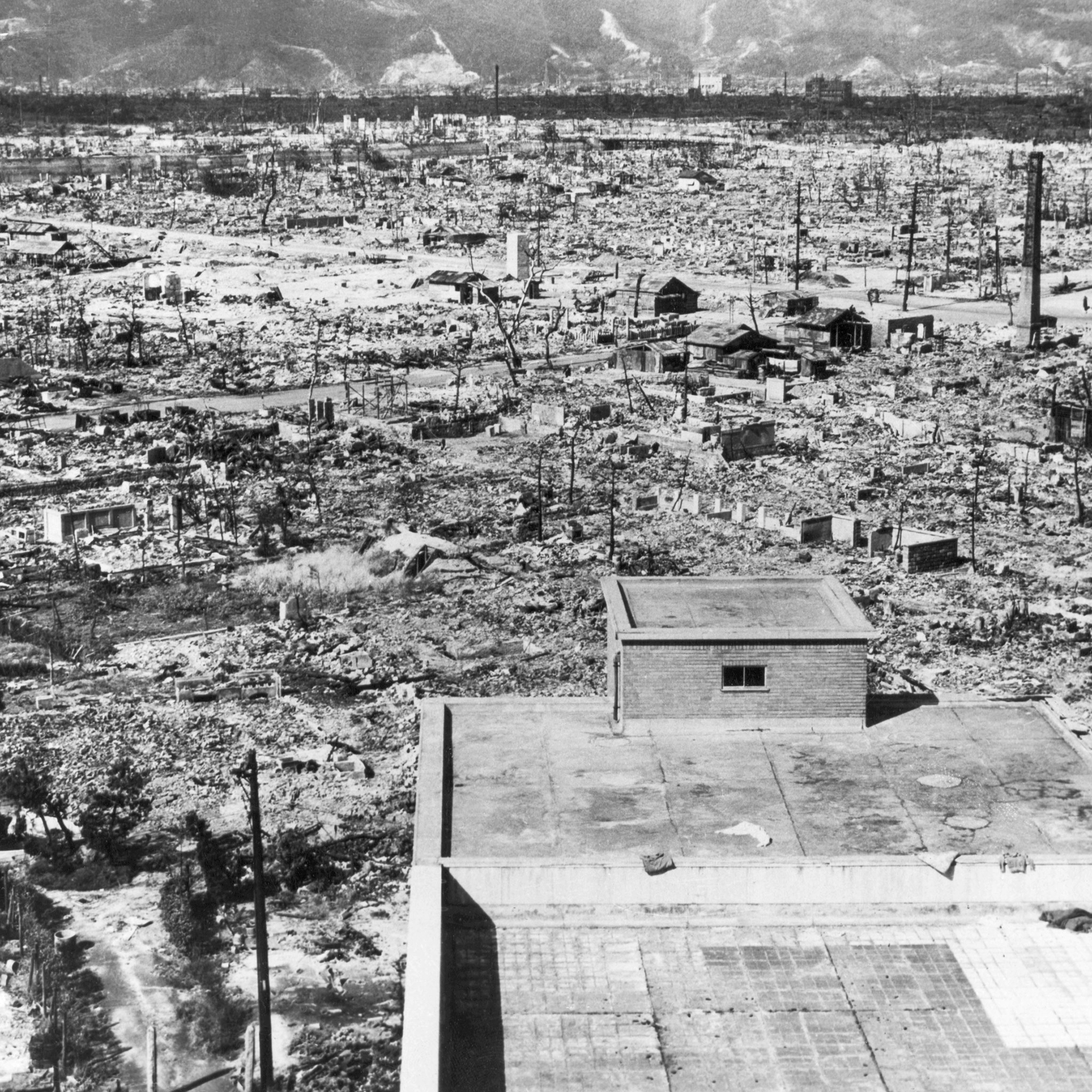I'm off to Hiroshima tomorrow for the weekend. I'm reminded of this poem by Junichi Mizuno, translated into Urdu by Yutaka Asada.
I will try and pay heed.
 |
| Hiroshima after the bombing. Source: Wikipedia |
Also while doing some research for the trip I came across a crazy (in a completely heart-wrenching way) story about a man named Tsutomu Yamaguchi:
In August 1945, Yamaguchi was sent to Hiroshima on a business trip. With the job done, his co-workers left, but Yamaguchi realized that he had forgotten his personal seal for signing official documents, so he headed back into town to pick it up. That's when the atomic bomb was dropped on Hiroshima. Badly burned, deaf, and partially blind, he spent a night in the ruins of the city, and then found a railway station on the western edge of the city that was back in operation. He managed to catch a train home to Nagasaki, where — as Yamaguchi explained to his disbelieving boss what had happened in Hiroshima — the second atomic bomb was dropped.Just to get some perspective on what it means to have a bad travel story. Next time your plane's delayed or you lose your luggage or something, try and remember the story of Tsutomu Yamaguchi.
In 2009, the Japanese government certified the still-living Tsutomu Yamaguchi as the first known person to have been at ground zero of both atomic blasts. A year later, Yamaguchi passed away from stomach cancer at the age of 93.
